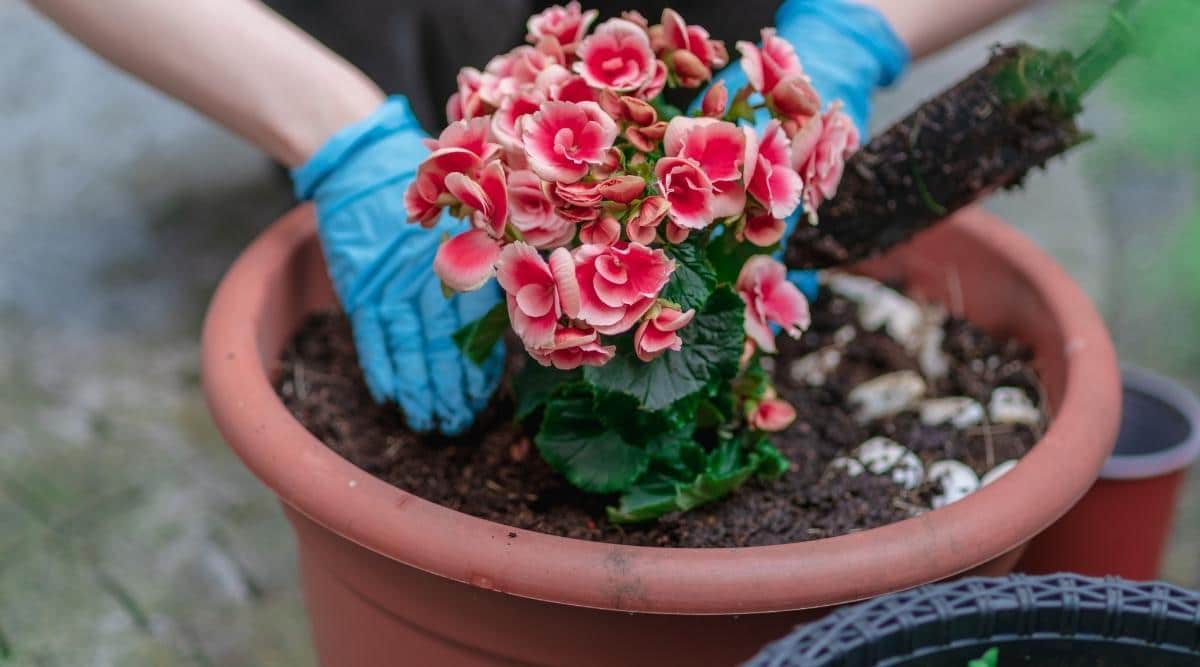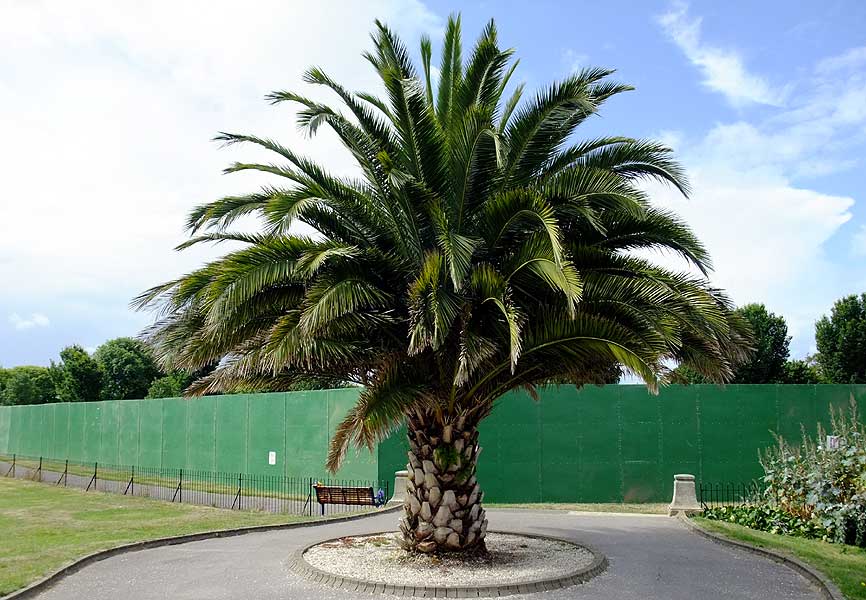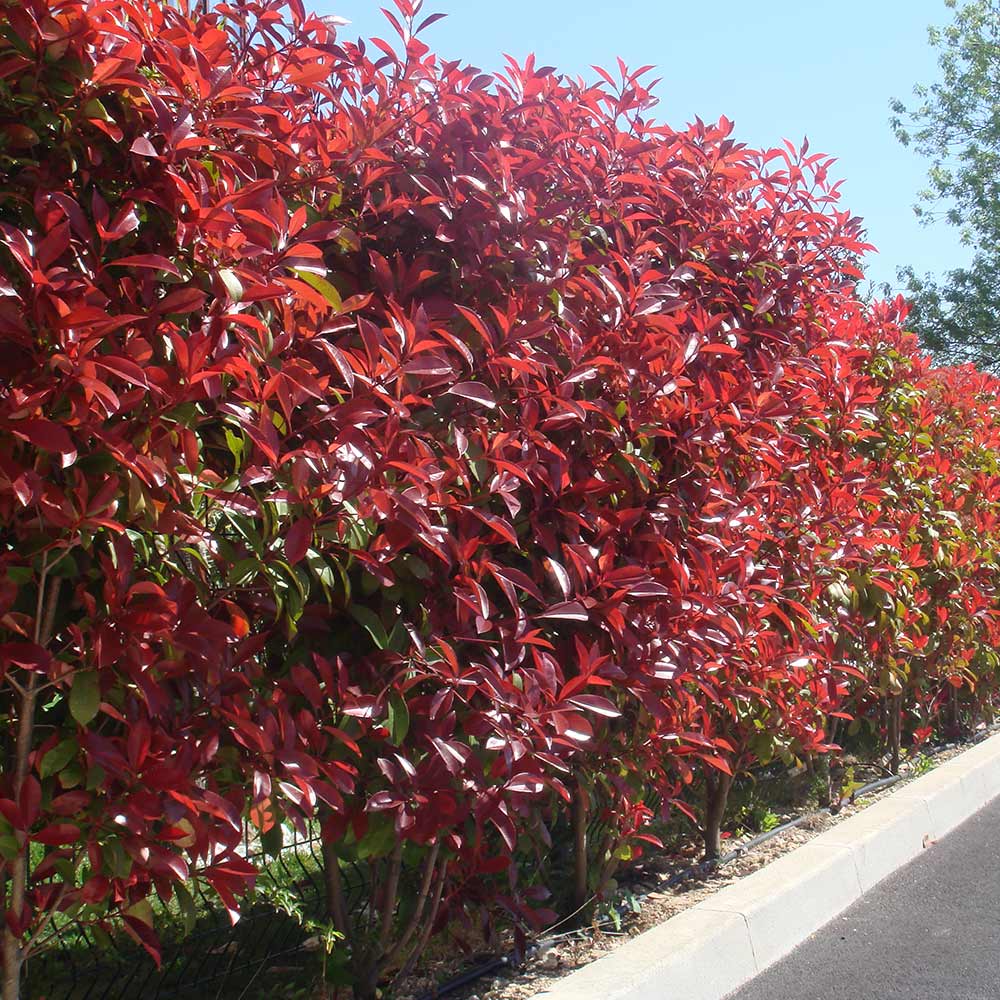Do Curly Willow Trees Have Deep Roots?

Table of Contents
Are Curly Willows dangerous? What are the safe ways of planting a Curly Willow tree? Is growing willow in pots an affordable solution? What do we do if willow roots threaten our infrastructure?
If you are a gardener or have a thing for pleasurable plantations, these questions must pop into your head. While you can squabble with infinite information available on the internet, we are here with what you exactly need to know without haggling or hassle.
Curly Willow trees are beautiful and rustic. They add a unique charm to your garden, but they are also called ‘Torture Willows,’ which means with their goodness lies veiled dark sides.
But we have got you all covered. Read along and learn how to tackle situations as such and get yourself a beautiful, branchy Curly Willow Tree right in your garden.
Overview of Curly Willows

The Curly Willow tree is a tree with many names. While we know them as Curly Willows, they are also known as Corkscrew Willows or even Torture Willows, but instead of getting down that road, let’s know what the actual name of this tree is.
The scientific name of Curly Willows is Salix matsudana ‘Tortusa.’ It is named after and in honor of the Japanese Botanist Sadahisa Matsuda. Hailing from northeastern China, the Curly Willow is a deciduous tree, living all year round with its beautiful branching system.
Deep Roots of The Curly Willows
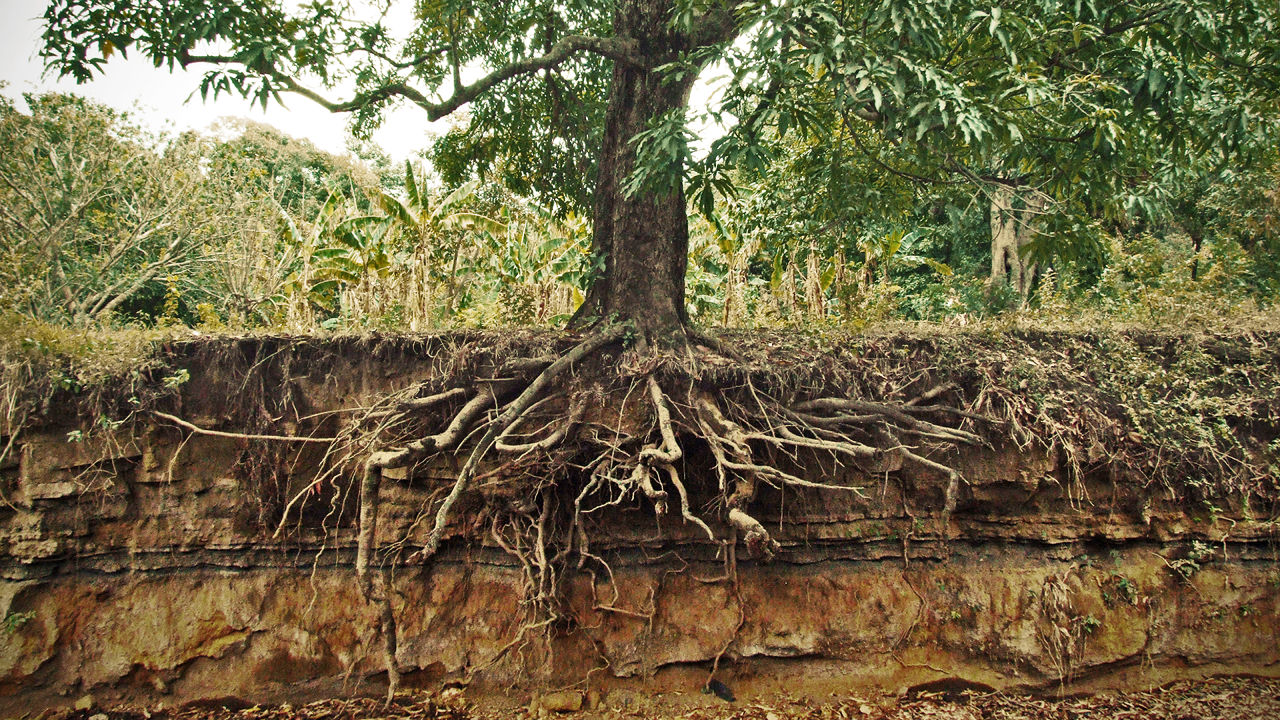
Without much ado, here is your answer. The roots of Curly Willows or Corkscrew Willows are NOT deep. Rather, they are very shallow. The roots of Curly Willows stay near the surface land; even at times, they push themselves upwards as the tree ages. These shallow roots spread; therefore, obviously, they can not be planted in pots but rather need a vast area.
Generally, a Curly Willow tree matures in two to three years and attains a minimum height of twelve feet. The root system of this tree is expansive, approximately twice or thrice the size of the tree’s canopy. So, if we do the math, if your Curly Willow is 12 feet tall, you must expect a root spread of at least 36 feet, and remember, we are talking about minimum here.
Are Curly Willow Roots Dangerous?

Curly Willows are known for their aggressive root spread. To grow, this tree needs active nutrients and a good watering condition, most of which is derived from soil moisture.
Refrain from planting these trees in areas close to your living abode or neighborhood as the roots of these trees will then crunch their claws in your plumbing lines, water pipelines, sewer systems, etc., damaging your very important infrastructures, like sideways, underground water lines, driveways, etc.
There is yet another danger that these roots posit. Since these are deciduous trees and require a good amount of water, they suck in soil moisture, depriving the supply of such moisture to other neighboring plants and trees and thus resulting in their degrading health.
What Makes These Curly Willows so Special?
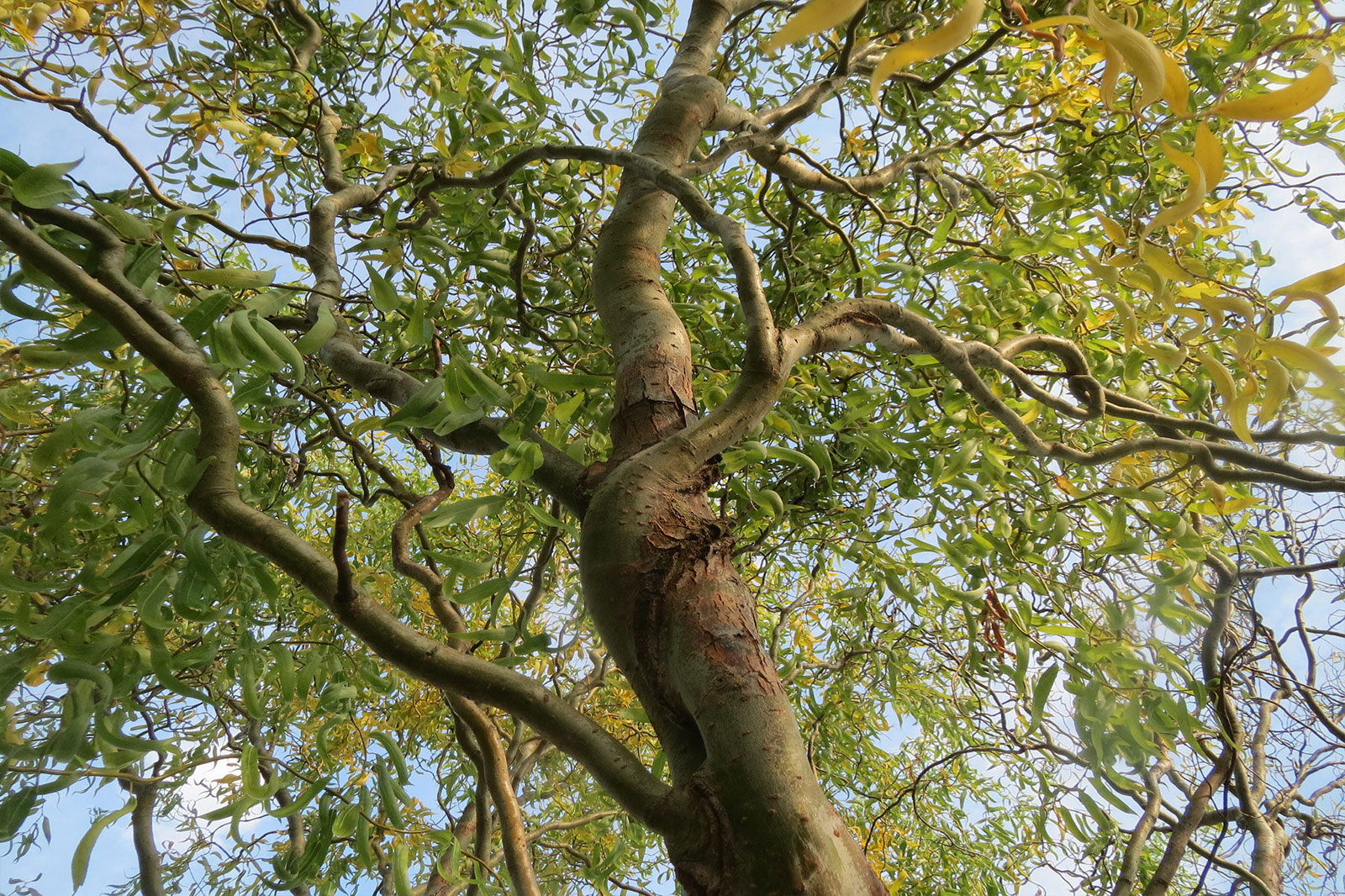
Curly Willows are beautiful deciduous trees and are a permanent attraction in your garden all year round. These trees are known for their exquisite branching systems. Initially, they grow and spread horizontally and then twist and curl themselves in directions of the sunlight and other seasonal factors. These twists often resemble corkscrews and are called Corkscrew Willows or Curly Willows.
During winter, they shed their leaves and give out a rustic, dramatic appearance, while during spring, their beautiful buds give a heavenly aura to the gardens. During Fall, their leaves turn all yellow, giving a magnificent, scenic feel to the exteriors, and thus, these Curly Willows are best for every other season.
Are There Any Downsides to These Curly Willows?
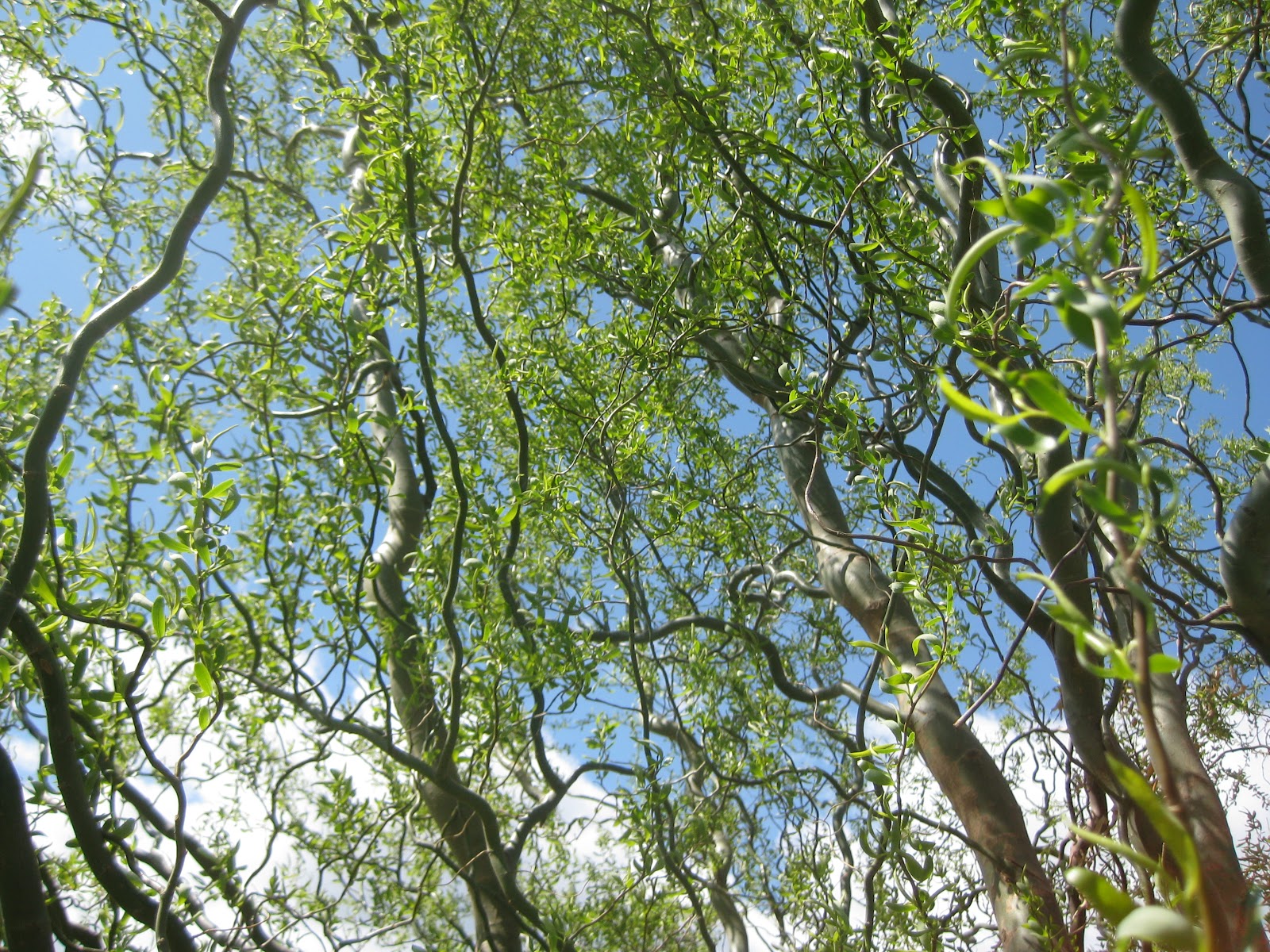
One-word answer- YES! The US government has banned planting these Willow trees in certain parts of America. The reason behind this is their weak branches that tend to break in stormy winds and blows, causing major destructions and harm to infrastructures. Snow and ice are no friends of Curly Willows, and at times, these trees get blown off or uprooted prematurely due to strong winds, all because of their weak roots and branching systems.
The other danger is the aggressive root system that we have already discussed, which can potentially crack your house’s foundations, walkways, patios, and other important housing structures due to its massive root spread.
These trees have a very short lifespan, and once they are of age, they start getting brittle. Their trunks are weak, so be ready for frequent breakages and crackings. It is always good advice to invest in trees that last for decades and not just some years. Last but not least, though these trees are disease-resistant, they do attract willow beetles, powdery mildew, aphids, gypsy moths, and other hazardous pests and insects.
Is There a Solution to Such Problems?

Yes, there is always a key to every lock. While you can’t stop these plants from aging, you sure can get rid of the pests and insects using sticky tapes to ensure the trees’ good health. For root problems, the sole solution is timely pruning.
Prune these trees during winter and fall to have healthy overall growth. Water timely so that the tree roots stop squabbling with other neighboring plants and grow on their own. Trimming and maintaining Curly Willows are very important, both for the sake of your garden, your trees, and your home.
Final Thoughts
So, we have effectively summarised everything you need to know before planting a beautiful Curly Willow in your garden. Remember, nothing is too dangerous if taken care of in time, and Curly Willows are rather beautiful trees, requiring just a little extra attention from you.
We have pinpointed the dangers they pose, their plus points, their maintenance techniques, their possible damages, and ways of controlling them, too, to guide you in the best way possible.

